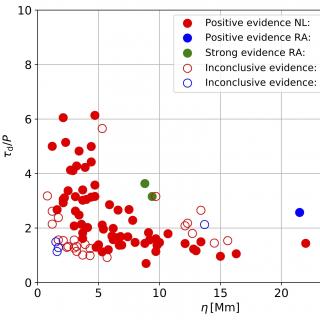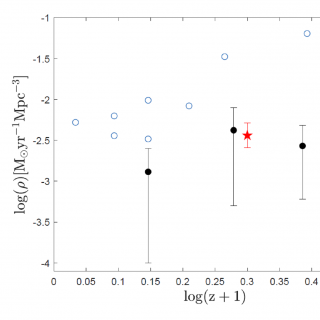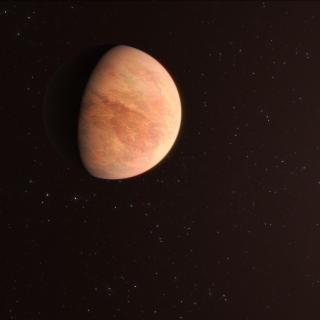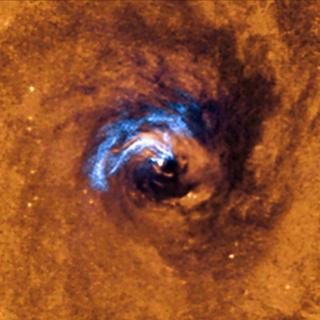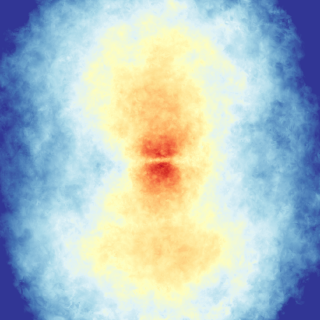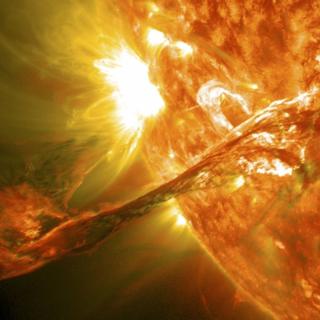
In 1998, the journal Nature published a seminal letter concluding that the mysterious polarization signal that had been recently discovered in the light emitted by the sodium atoms of the solar atmosphere implies that the solar chromosphere (a very important layer of the solar atmosphere) is practically unmagnetized, in sharp contradiction with common wisdom. This paradox motivated laboratory experiments and theoretical investigations, which instead of providing a solution, raised new issues and even led some scientists to question the quantum theory of radiation-matter interaction. In an
Advertised on
